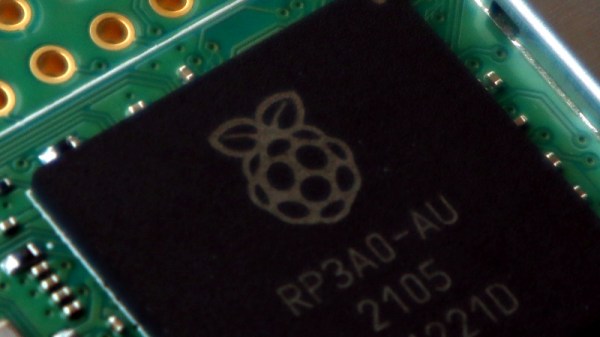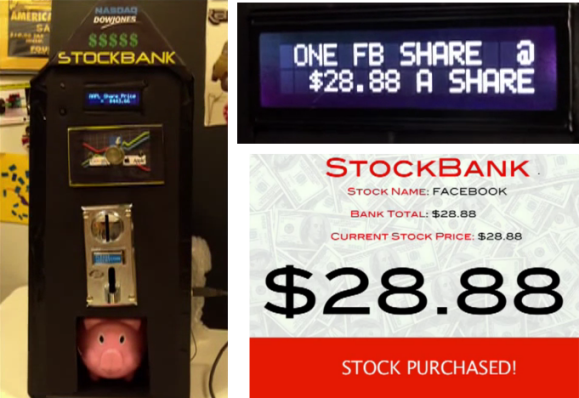The various companies and organisations that supply our community have achieved differing levels of success, with some staying as kitchen-table operations and others reaching the giddy heights of multinational commerce. Perhaps none has risen so far as Raspberry Pi though, as there are reports that the developer of single board computers might be seeking a £400m listing on the London Stock Exchange some time next year. The news is that they have sought the advice of investment bankers over the possibility of a float, seeking to secure further investment to further develop their product portfolio.
We’re not investment advisers here at Hackaday so we’re not going to suggest whether or not to bet your shirt on Pi shares, instead our interest lies in what this might mean for their family of products. It’s an inevitable process for any start-up that achieves major success that it will over time progress from being directed by vision to being directed by commerce, and perhaps a listing could be the culmination of this process. It’s fair to say that we tinkerers probably represent less of a market than education or industry to the Pi folks, so how might we win or lose when the suits take the helm?


















